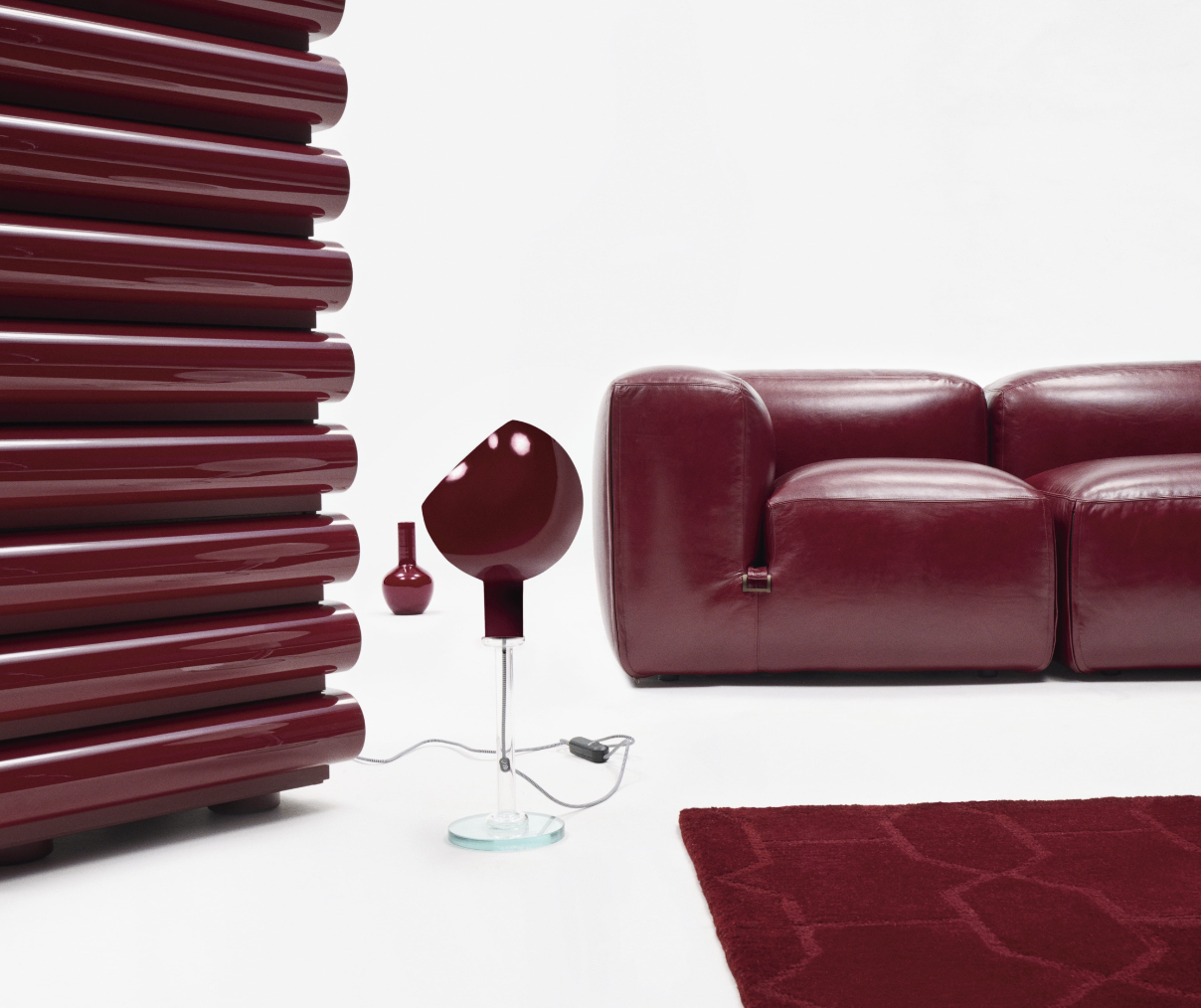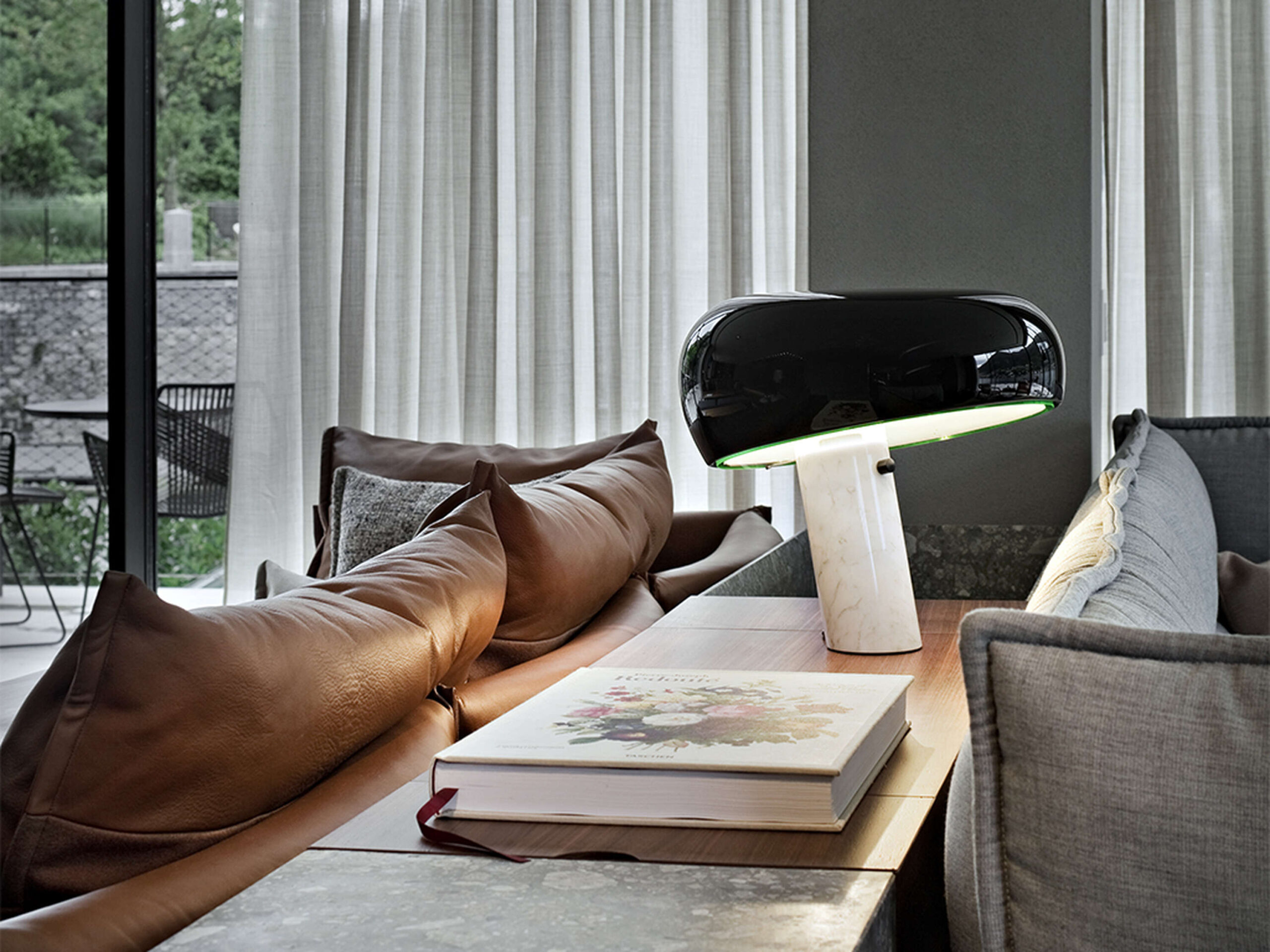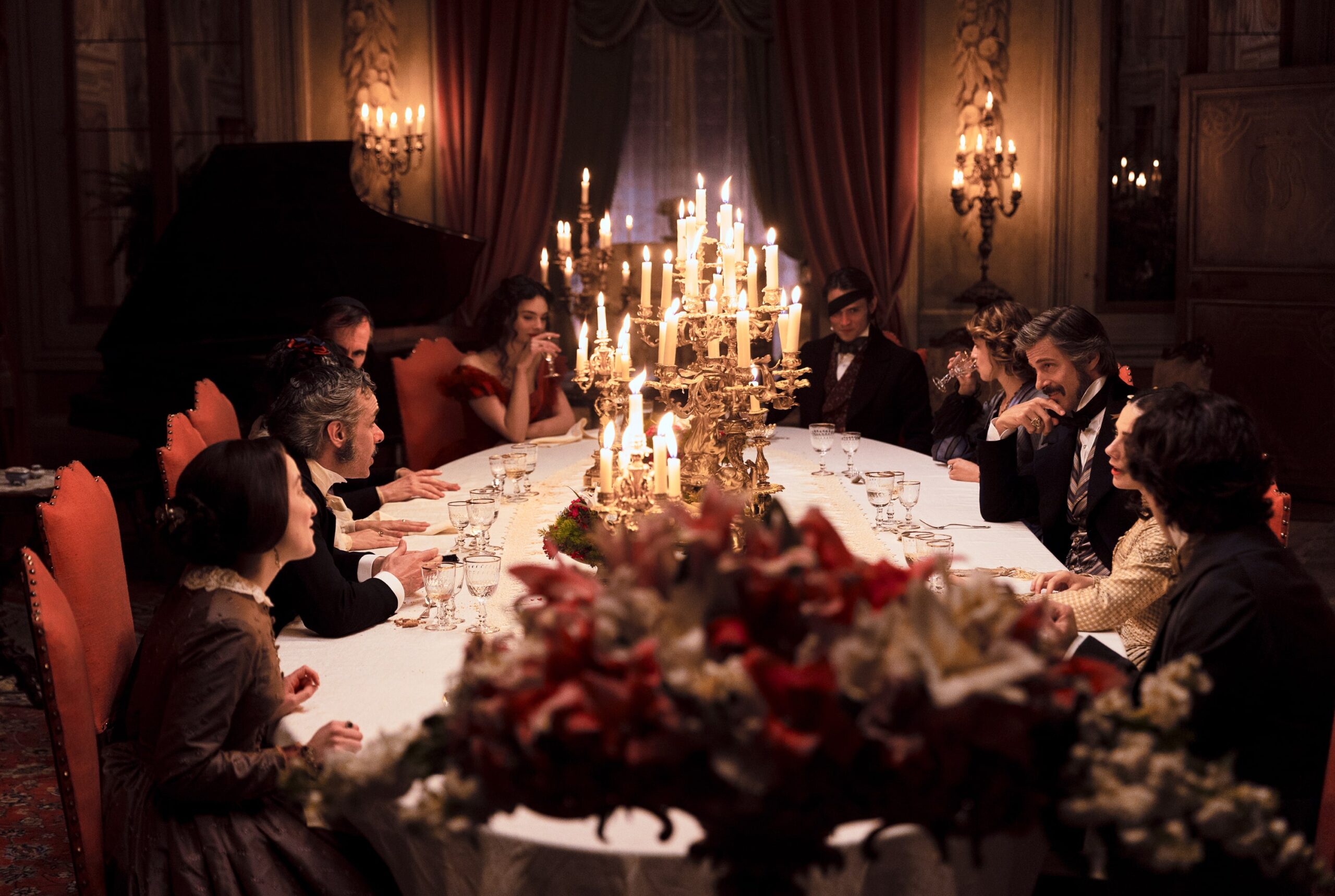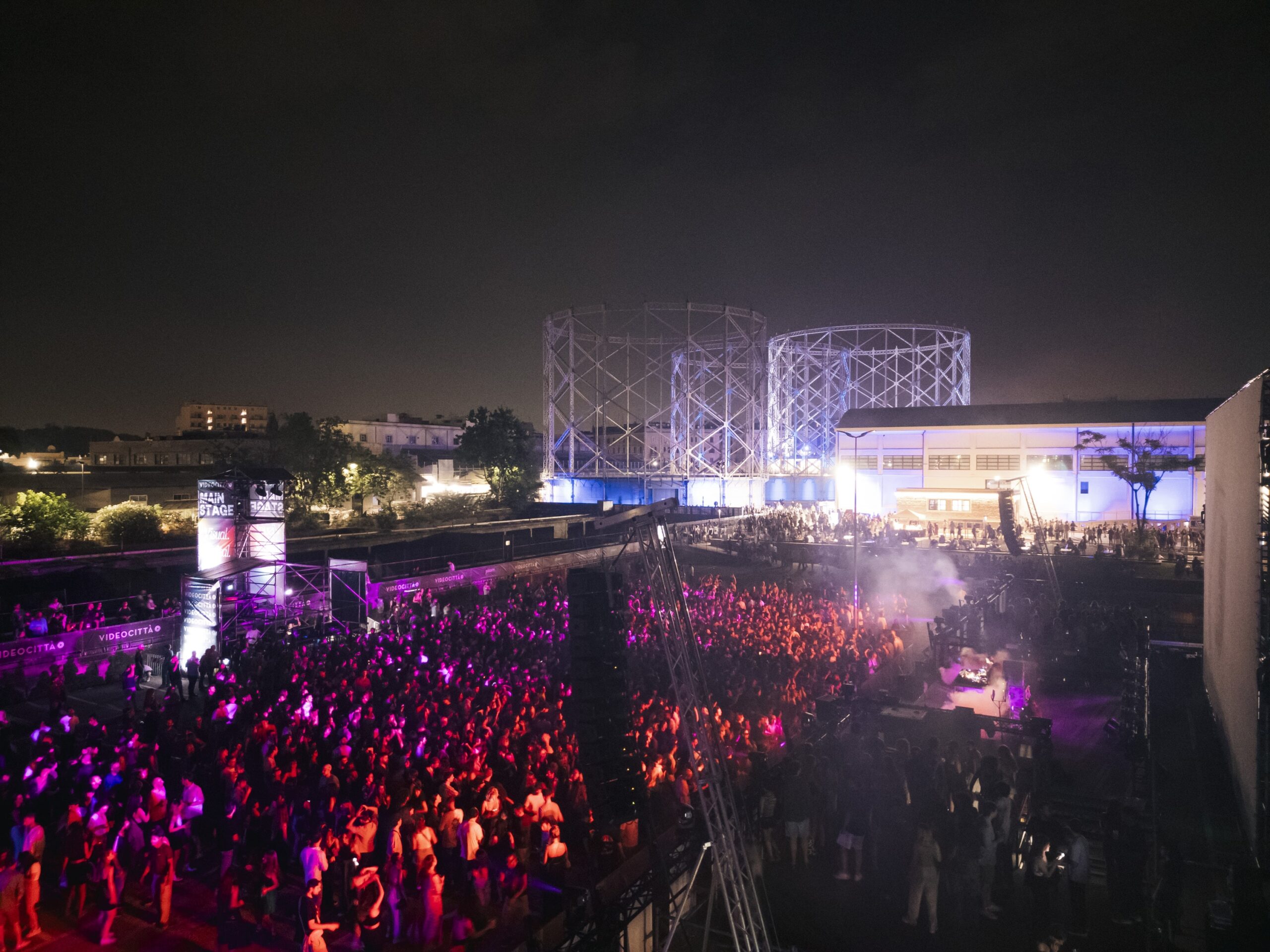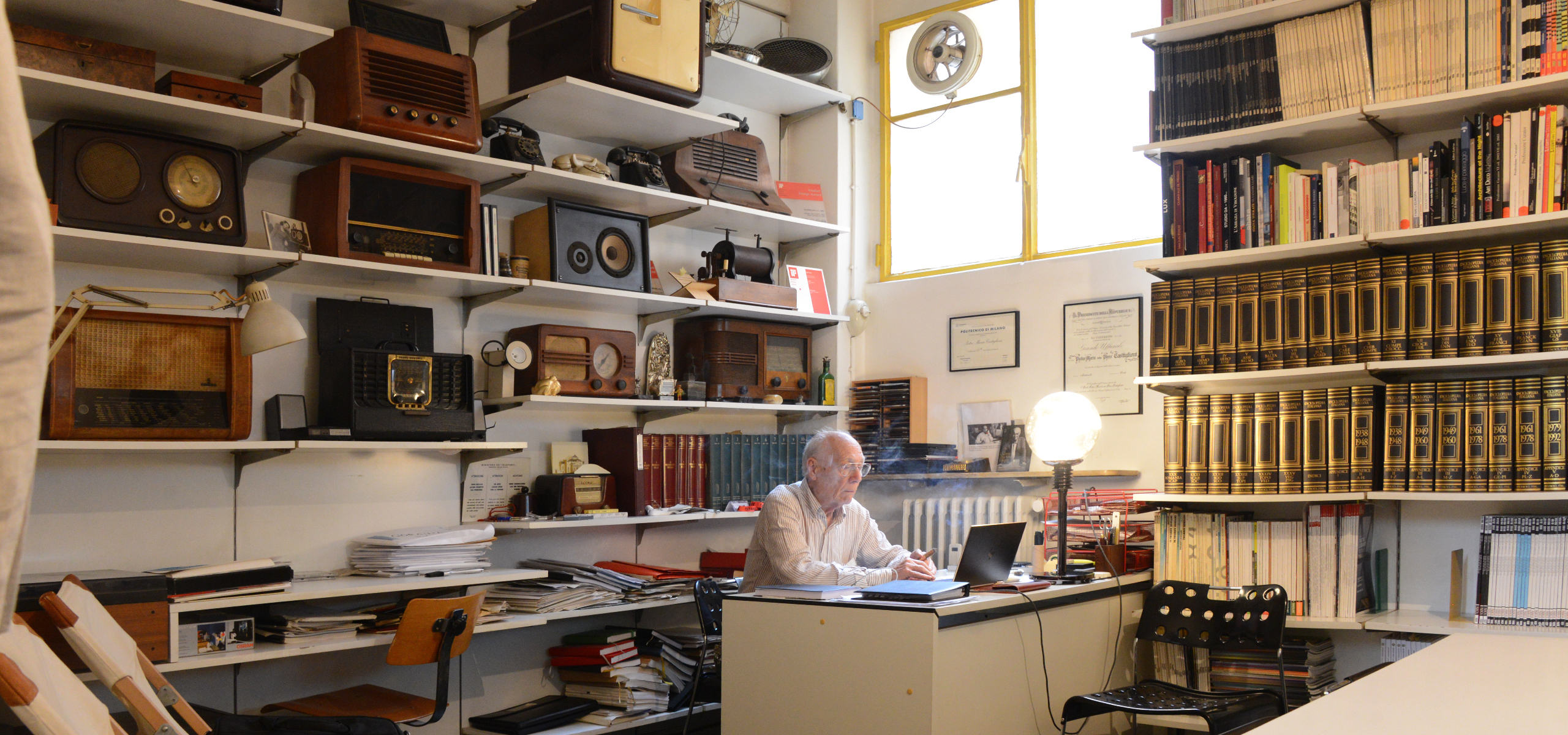Light is the primary natural element influencing image creation. Thus, a dialectical relationship is inherently present between light and cinematographic imagery. Film theory has consistently focused on light as a standalone subject, a constituent substance, and a tool for replicating reality. However, shifting focus from light as an object to the objects that reproduce it opens new perspectives.
Cinema and design (including architecture) have been interconnected through a dialogue mediated mainly by scenography or, more broadly, staging. The spaces and details surrounding characters in a film define its traits, directly impacting the narrative and contributing to constructing an image that integrates into the storytelling.
How Iconic Lamps Shaped Cinematic Masterpieces
Modern cinema’s history has paralleled the evolution of significant 20th-century design. Particularly in Italian cinema, the economic boom period saw the emergence of a new bourgeoisie class, where design played a pivotal role in taste formation. Directors like Federico Fellini, Ettore Scola, Dino Risi, and Michelangelo Antonioni depicted the affluent lifestyle of that era, often through detailed and refined interior set designs. Thus, scenes featuring designer objects have become somewhat protagonists in film history.
Given these premises, lamps emerge as one of the most influential design objects in a film scene. Designers and directors share similarities: both adhere to constraints like client demands, budgets, deadlines, and the need to coordinate with various teams.
Let’s explore some iconic lamps integrated into modern and contemporary cinema.
Taccia Lamp in “Dillinger è morto”
The Taccia lamp, designed by Achille and Pier Giacomo Castiglioni for Flos in 1962, is one of the many iconic Italian design items by the Castiglioni brothers. Its success, described by Achille Castiglioni as “the Mercedes of lamps,” is evident in the 1969 film “Dillinger è morto” by Marco Ferreri. It’s featured in a scene depicting the bourgeois lifestyle, surrounded by other furnishing items.
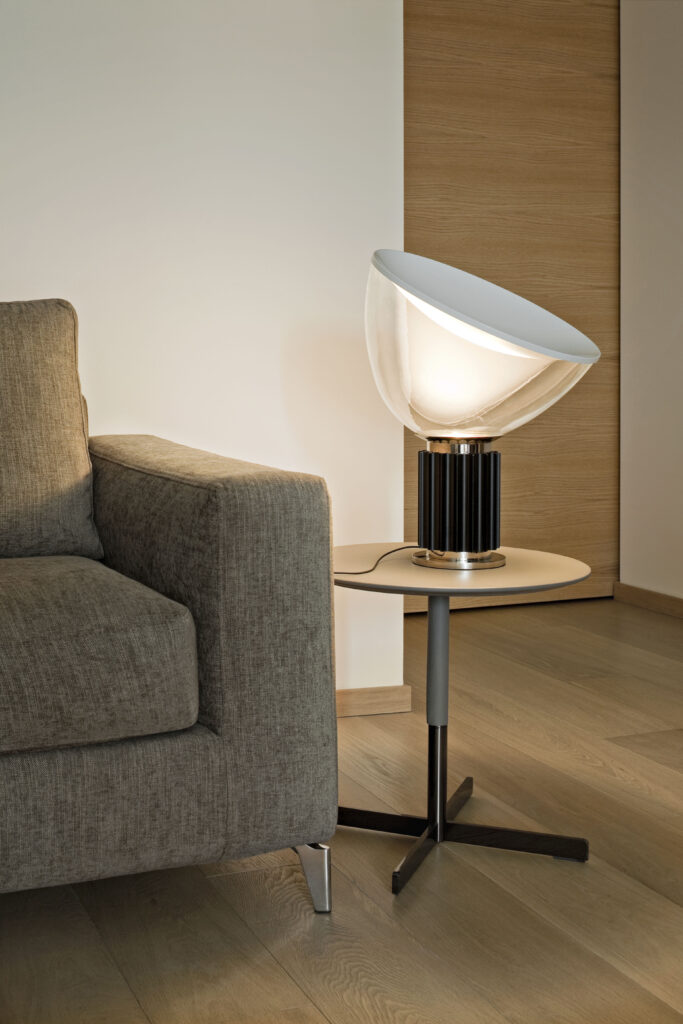
Tolomeo Lamp in “American Psycho”
Michele De Lucchi and Giancarlo Fassina’s Tolomeo lamp for Artemide awarded the Compasso d’Oro in 1989, is a frequent feature in cinema. “American Psycho”, adorns Patrick Bateman‘s (Christian Bale) table, reflecting the refined tastes of a young executive in a contemporary prestigious setting. The same lamp also appears in “Philadelphia” (1993), “Wall Street” (1987), and “James Bond – Skyfall” (2012).
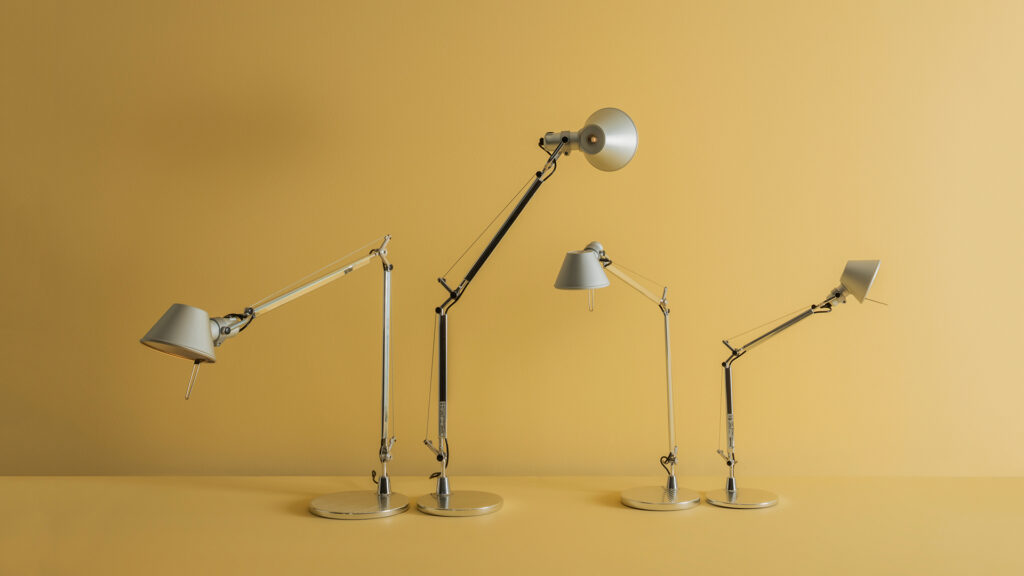
Vitra Akari UF-4 L8 in “Pulp Fiction”
In Quentin Tarantino’s postmodern cult classic “Pulp Fiction” (1994), the Vitra Akari UF-4 L8 lamp by Japanese designer Isamu Noguchi stands out in Mia Wallace’s (Uma Thurman) apartment. Its minimalist yet unostentatious design complements the Los Angeles home, especially in the scene where Mia dances to “Girl, You’ll Be A Woman Soon” by Urge Overkill.
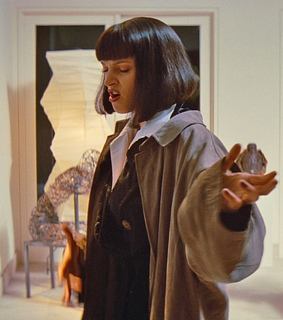
Tizio Lamp and E63 Lamp in “Blade Runner” (1982) and “Blade Runner 2049”
In both “Blade Runner” films, futuristic lamps enhance the sci-fi narrative. Ridley Scott‘s 1982 film features Richard Sapper’s Tizio lamp for Artemide on Rick Deckard’s desk, while Denis Villeneuve’s 2019 sequel showcases Umberto Riva’s E63 lamp for Tacchini. These items blend seamlessly into the futuristic world, aligning with the overall set design.
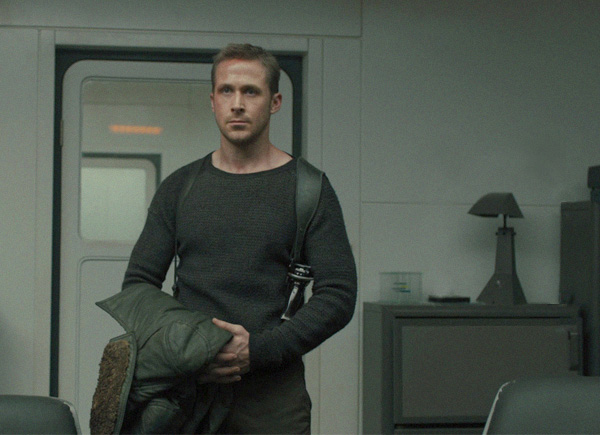
Nesso Lamp in “La grande bellezza”
The Nesso lamp by Artemide, a 1960s Italian design icon, remains popular today, even featuring in TikTok interior design advice videos. Director Paolo Sorrentino chose it for the aesthetically significant film “La Grande Bellezza” (2013), where it’s prominently placed in a scene with the main character, played by Toni Servillo, looking in a mirror.
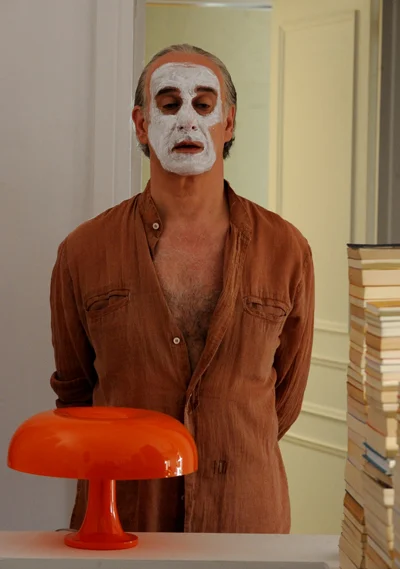
Pipistrello Lamp in “Dolor Y Gloria”
Gae Aulenti‘s Pipistrello lamp, a design resilient through time, appears in Pedro Almodovar‘s recent film “Dolor Y Gloria” (2019).
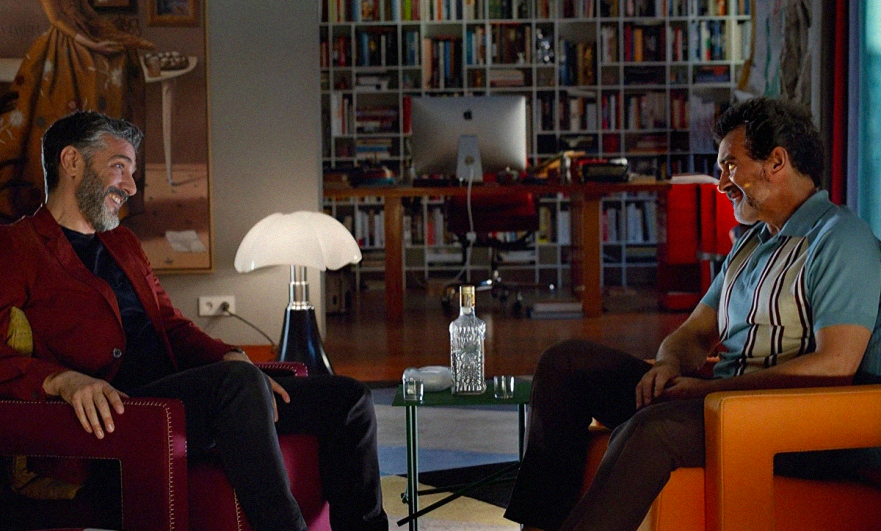
Inspired by Art Nouveau, Aulenti designed this lamp to redefine the bourgeois taste of the 20th century, moving away from the prevailing rationalism of its creation period.
